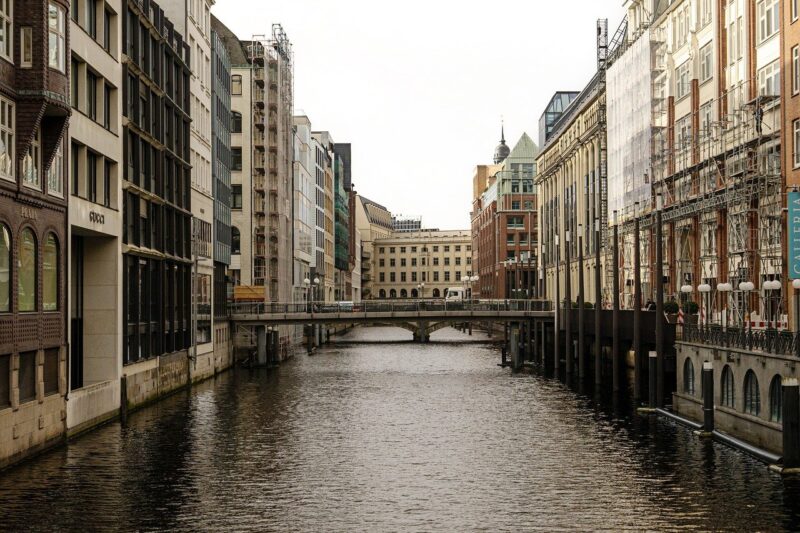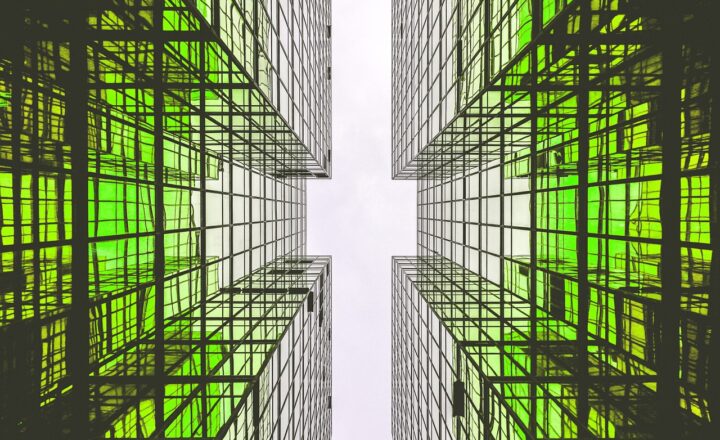How Rivers Are Impacted by Urbanization and What Can Be Done to Protect Them
November 14, 2024

Urbanization is a significant phenomenon shaping the modern landscape, and its effects on natural environments, particularly rivers, are profound. As cities expand, they encroach upon rivers and watersheds, leading to a myriad of ecological consequences. The interaction between urban development and river systems is complex, affecting water quality, biodiversity, and the overall health of aquatic ecosystems. This article aims to explore how urbanization impacts rivers and what can be done to mitigate these effects and protect these vital waterways.
1. Understanding the Importance of Rivers
Rivers are not just watercourses; they are essential components of our ecosystem. They play a crucial role in biodiversity, offering habitats for countless species, and serve as a source of freshwater for drinking, agriculture, and industry. Additionally, rivers support recreational activities and are a vital part of cultural heritage for many communities.
However, the health of rivers is increasingly under threat, primarily due to urbanization. Understanding these impacts is critical for implementing effective protective measures.
2. The Impact of Urbanization on Rivers
Urbanization affects rivers in several ways:
2.1. Habitat Destruction
As cities grow, natural landscapes are altered or destroyed to make way for buildings, roads, and other infrastructure. This leads to the loss of critical habitats that support various aquatic and terrestrial species.
2.2. Water Pollution
Urbanization often results in increased runoff, which carries pollutants such as oil, heavy metals, and nutrients into rivers. The runoff from streets, parking lots, and industrial areas can severely degrade water quality, leading to problems like algal blooms that deplete oxygen and harm aquatic life.
2.3. Altered Water Flow and Hydrology
Urban development changes the natural flow of rivers. Impervious surfaces such as asphalt and concrete prevent water from soaking into the ground, leading to increased surface runoff. This alteration can exacerbate flooding, disrupt sediment transport, and erode riverbanks.
2.4. Introduction of Invasive Species
Urban areas can facilitate the spread of invasive species, which can outcompete native species for resources and disrupt local ecosystems. Invasive plants and animals can alter the physical structure of river habitats, further threatening biodiversity.
2.5. Climate Change Impacts
Urbanization contributes to climate change through increased greenhouse gas emissions. Changes in climate can lead to altered precipitation patterns and increased flooding, further impacting river ecosystems and the communities that rely on them.
3. Case Studies: Urban Rivers in Crisis
Several notable rivers have exemplified the impacts of urbanization:
3.1. Los Angeles River, California
The Los Angeles River has undergone significant alteration, primarily through concrete channelization to manage flood risks. As a result, while flooding was mitigated, native habitats were obliterated, and water quality deteriorated.
3.2. Thames River, England
Once polluted to the point of being biologically dead, concerted efforts to clean the Thames have led to a resurgence in fish populations. However, challenges remain as urban runoff still affects water quality.
4. Strategies for Protecting Urban Rivers
Despite the challenges posed by urbanization, several strategies can be employed to protect and restore rivers:
4.1. Green Infrastructure
Implementing green roofs, rain gardens, and permeable pavements can help absorb rainwater and reduce runoff. These solutions not only protect water quality but also enhance urban aesthetics and increase biodiversity.
4.2. Riparian Buffers
Establishing vegetated buffers along riverbanks can reduce erosion, filter pollutants, and provide habitat for wildlife. These natural buffers are essential for maintaining the health of river ecosystems.
4.3. Pollution Control Measures
Communities can implement strict regulatory measures to control point-source and non-point-source pollution. Strategies like improving wastewater treatment, regulating industrial discharges, and promoting responsible land use are vital.
4.4. Community Involvement and Awareness
Engaging local communities in river stewardship can foster a sense of responsibility over local waterways. Educational campaigns focused on the importance of rivers can inspire volunteer efforts and advocacy for stronger protections.
4.5. Restoration Projects
Restoration projects aimed at rehabilitating degraded river habitats can revive ecosystems. These initiatives can range from removing barriers to fish migration, reintroducing native species, and restoring natural river flows.
5. Conclusion: A Call to Action
Urbanization poses considerable challenges to the ongoing health of rivers around the world, but with thoughtful planning and community action, it is possible to protect and restore these vital ecosystems. By understanding the impact of urbanization and implementing effective protective strategies, we can ensure that rivers remain healthy and vibrant for future generations.
The responsibility to protect rivers is not just that of environmentalists and policymakers; it is a collective duty that requires the engagement of local communities, businesses, and individuals. Together, we can create a sustainable future where urban rivers thrive amidst growing metropolises.
References
1. Bunn, S. E., & Arthington, A. H. (2002). Basic Principles of Stream Flow Management: Instream Flow Assessment and Management in Australia.
2. Pahl-Wostl, C., & T indicator, M. (2008). How can we integrate the management of water resources with environmental and social goals?
3. Houlahan, J. E., & Findlay, C. S. (2004). A global perspective on nutrient pollution in rivers.






